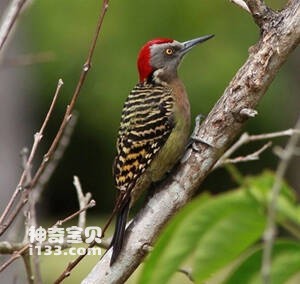
Melanerpes striatus
Melanerpes striatus,Hispaniolan Woodpecker
The Latin American Woodpecker is known as Melanerpes striatus and Hispaniola···
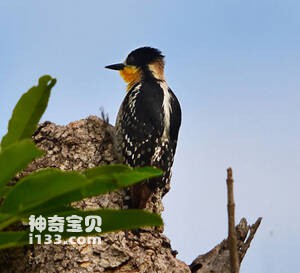
Melanerpes cactorum
Melanerpes cactorum,White-fronted Woodpecker
The White-fronted Woodpecker, Melanerpes cactorum or white-fronted woodpecke···
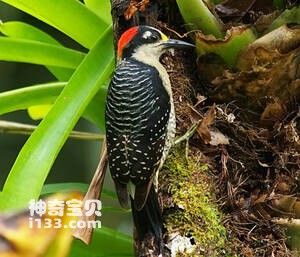
Melanerpes pucherani
Melanerpes pucherani,Black-cheeked woodpecker
The Black-cheeked woodpecker is known as Melanerpes pucherani and black-chee···
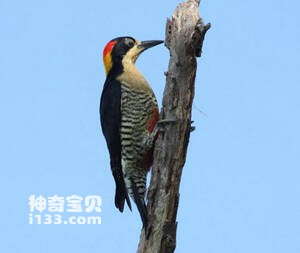
Melanerpes pulcher
Melanerpes pulcher,Beautiful woodpecker
Melanerpes pulcher, Beautiful woodpecker, is unknown.Protect wild animals an···
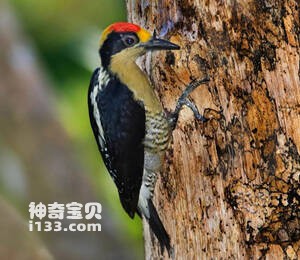
Melanerpes chrysauchen
Melanerpes chrysauchen,Golden-naped woodpecker
The species is known as Melanerpes chrysauchen and Golden-naped woodpecker。···
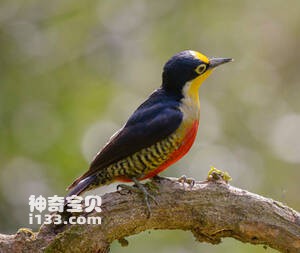
Melanerpes flavifrons
Melanerpes flavifrons,Yellow-fronted woodpecker
The Yellow-fronted woodpecker is Melanerpes flavifrons and yellow-fronted wo···
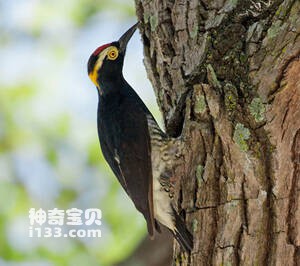
Melanerpes cruentatus
Melanerpes cruentatus,Yellow-tufted Woodpecker
The yellow-barked Woodpecker is known as Melanerpes cruentatus and Yellow-tu···
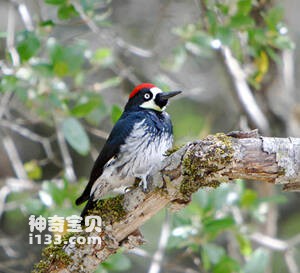
Melanerpes formicivorus
Melanerpes formicivorus,Acorn woodpecker
Melanerpes formicivorus, Acorn woodpecker, has seven subspecies.Oak woodpeck···

Melanerpes erythrocephalus
Melanerpes erythrocephalus,Red-headed Woodpecker
The Red-headed Woodpecker is Melanerpes erythrocephalus and red-headed woodp···
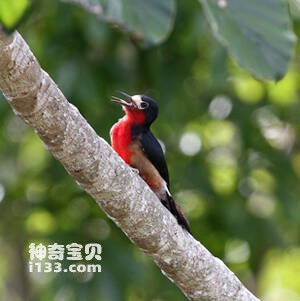
Melanerpes portoricensis
Melanerpes portoricensis,Puerto Rican Woodpecker
The species is known as Melanerpes portoricensis and Puerto Rican Woodpecker···
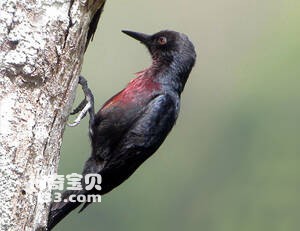
Melanerpes herminieri
Melanerpes herminieri,Guadeloupe Woodpecker
Melanerpes herminieri and Guadeloupe Woodpecker are unknown.Protect wild ani···
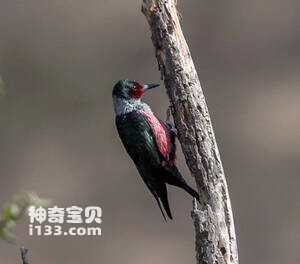
Melanerpes lewis
Melanerpes lewis,Lewis' woodpecker
The woodpecker's scientific name is Melanerpes lewis, and its foreign na···
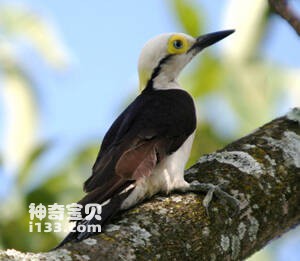
Melanerpes candidus
Melanerpes candidus,White woodpecker
Melanerpes candidus or White woodpecker is unknown.Listed in the Internation···
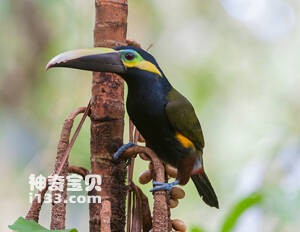
Selenidera spectabilis
Selenidera spectabilis,Yellow-eared toucanet
Selenidera spectabilis (Yellow-eared toucanet) is a species of climbing bird···
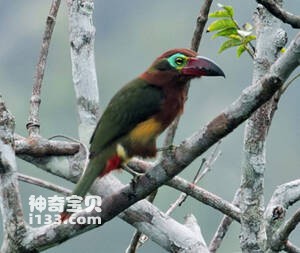
Selenidera reinwardtii
Selenidera reinwardtii,Golden-collared toucanet
Selenidera reinwardtii (Golden-collared toucanet) is a species of climbing b···
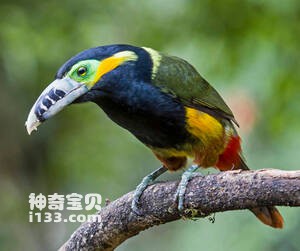
Selenidera maculirostris
Selenidera maculirostris,Spot-billed Toucanet
Selenidera maculirostris, or Spot-billed Toucanet, is a species of climbing ···
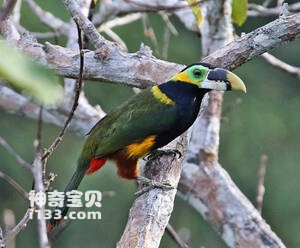
Selenidera gouldii
Selenidera gouldii,Gould's Toucanet
Selenidera gouldii, or Gould's Toucanet, is a species of climbing bird.T···
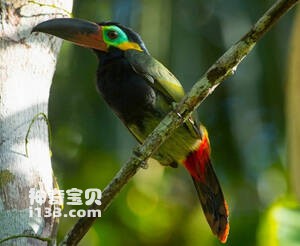
Selenidera culik
Selenidera culik,Guianan Toucanet
Selenidera culik (Guianan Toucanet) is a species of climbing bird.The song o···
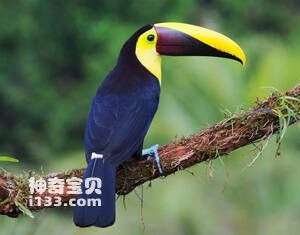
Ramphastos ambiguus
Ramphastos ambiguus,Black-mandibled Toucan,Yellow-throated toucan
The black-billed Toucan is known as Ramphastos ambiguus, Black-mandibled tou···
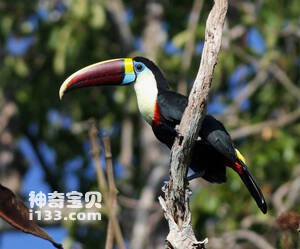
Ramphastos tucanus
Ramphastos tucanus,White-throated toucan
The red-billed toucan is known as Ramphastos tucanus or White-throated touca···
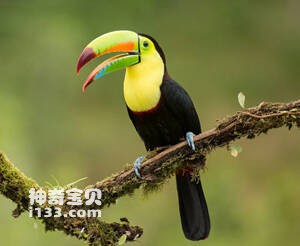
Ramphastos sulfuratus
Ramphastos sulfuratus,Keel-billed Toucan
The thick-billed Toucan, whose scientific name is Ramphastos sachatus, Keel-···
